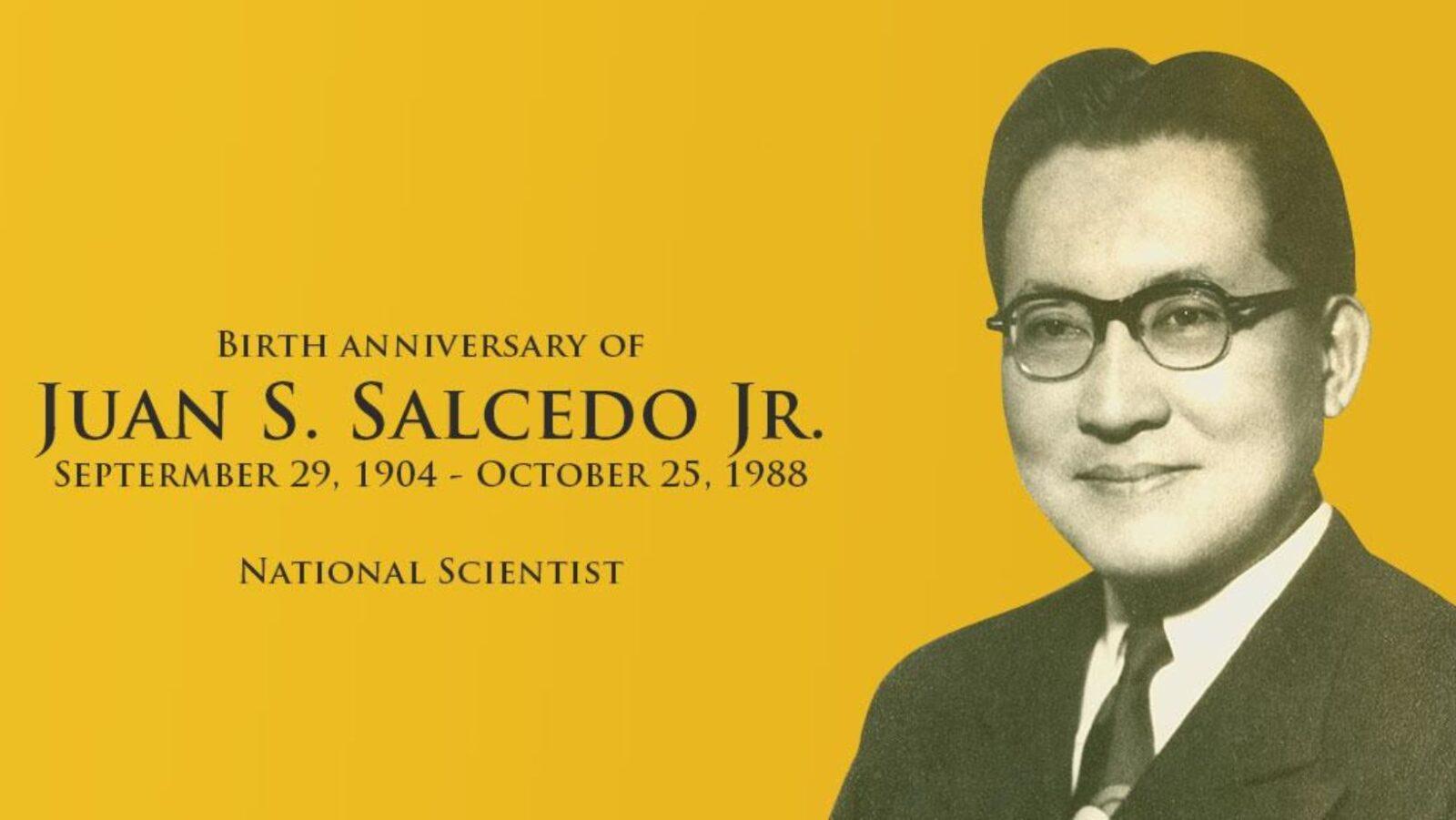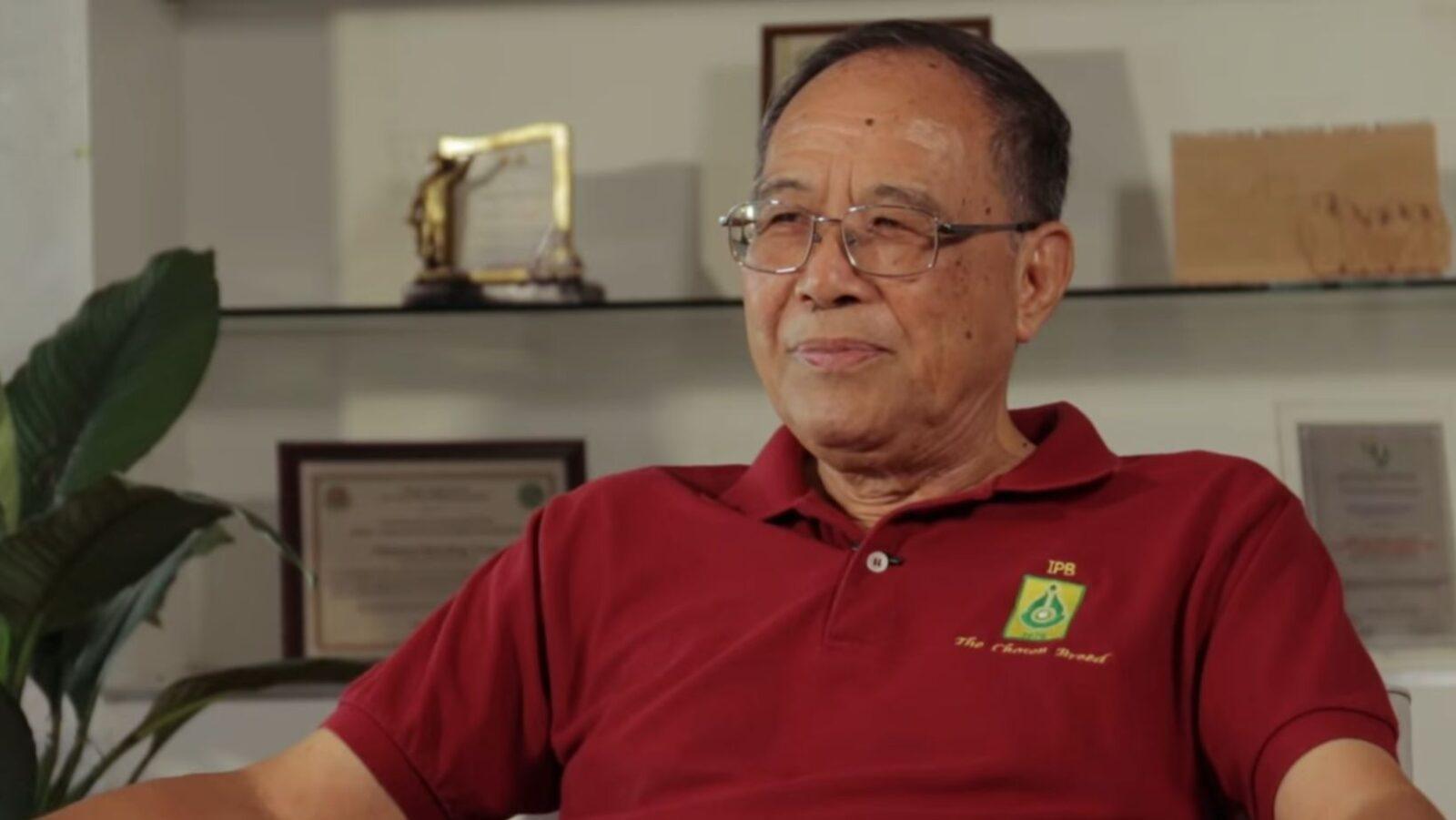
Today’s topic: Formation of Light Elements. Teacher Immanuel Maglasang stands in front of the class, but instead of writing on the blackboard, words show up where he waves his hand. A few seconds later, four elements pop up before the opening billboard rolls in. Before the minute is up, he visually combines quarks into protons and neutrons.
Yung nag observe bigla yung principal mo during online class kaya ginalingan mo! 😂😂😂
Posted by Science Kwela on Thursday, July 23, 2020
Welcome to Science Kwela, where the 30-year-old senior high school teacher from Gutad National High School in Floridablanca, Pampanga teaches physical, earth, and life science.
With public schools set to open School Year 2020-2021 in August and limited face-to-face classes only allowed by January due to the ongoing COVID-19 pandemic, educators like Maglasang are preparing to deliver lessons virtually and remotely.
“I have always been planning to do this, but I couldn’t muster the courage to do so until this pandemic,” Maglasang told FlipScience. “My students will only have modules this coming semester, and probably a few educational shows on TV that are sponsored by DepEd. I decided to create videos about science as a supplement.”
A new method for the new normal
The Philippines’ need for stable internet connectivity remains one of the biggest obstacles in online education, for both teachers and students alike.
In Maglasang’s case, he said that while his students have mobile data access, it cannot sustain lengthy online classes.
“Kaya rin po short videos lang po ginagawa namin para kahit papaano ay ‘di magastos sa data,” he said. His three recent videos on YouTube are all under 6 minutes.
Thanks to a teaching stint in Thailand a few years ago, Maglasang discovered the possibilities of learning science on YouTube. Invited to teach physics to senior high school students after getting a nursing degree meant that the type of science he had to deal with “was too advanced for me.”
“Luckily, I had a good internet connection. I discovered tons of YouTube tutorials about physics,” he said. “They helped me a lot, and I eventually grew a desire to create tutorials myself.”
The father of two credits three science channels as inspiration. “Bozeman Science helped me understand the gist of different science topics, Khan Academy helped me understand science concepts and solve physics problems, and Freelanceteach helped me solve problems by understanding the problem itself and the concepts behind it.”
Science Kwela’s reach has already extended beyond the classroom. One of Maglasang’s teaser videos reached over 400,000 views in just one week, and the school year has yet to start.
“The feedback is hilarious. My co-teachers tease me that I will soon be famous and rich for this,” he said. “Many are happy that I am doing this because they felt they could use the videos we made to help their students.”
Education meets… Encantadia?!
His eye-catching video has gained attention due to its fantasy-inspired vibe, with some viewers likening it to Encantadia, Dragon Ball, and Avengers. These effects were done by Maglasang’s former student, who helps him come up with funny and entertaining portions.
“The process has not always been like this. It was simpler before, I did not memorize scripts, and we did not use a green screen. But we reviewed the very first videos we uploaded, discovered things we could improve, and worked on them.”
Maglasang refers to a DepEd-released course guide and a list of Most Essential Learning Competencies for topics to research. He then works with his team of former students, who refine his script and ideas for visuals.
Right now, Science Kwela may be all about science, but Maglasang dreams of eventually creating videos for all senior high school subjects.
“‘Pag nakumpleto na po namin ‘yung videos for senior high school, goal po naming gumawa ng videos about science for elementary and junior high school level,” he said. “We are also aiming to develop a unique strategy kung saan mai-integrate namin ‘yung animation sa education.”
While this method of supplementing textbook and modules with recorded videos is time-consuming, Maglasang thinks that if producing is within a teacher’s skills, it is worth giving a shot.
“I think this style is effective in catching the interest of the students. So yes, if the teacher thinks this suits their style, strategy or even philosophy, they can adapt it,” he said.
“The students will be learning from home, and I can only imagine how much distractions they will face. This is something that has a chance of winning their attention.”—MF
Follow Science Kwela on Facebook and YouTube.
Author: Ronin Bautista
Ronin is a Christmas-loving wandering scribe who wanted to be a doctor, until he learned it meant cutting dead bodies open. He is currently finishing his MA in Asian Studies (major in Japanese Studies), while teaching journalism classes at UP Diliman’s College of Mass Communication.









